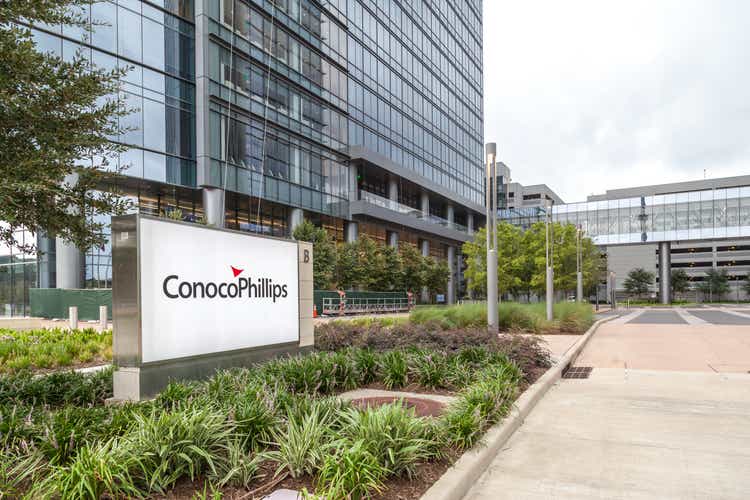India's merchandise imports to grow by 2 times more than exports in the current financial year, highlighted a latest survey by RBI. The RBI conducted the Survey of Professional Forecasters on Macroeconomic Indicators, Results of the 95th Round, released on Wednesday.
The survey findings showed that merchandise imports are likely to grow by 2.5 per cent in 2025-26, which is more than double the growth of merchandise exports.
RBI stated "Merchandise exports and imports are projected to grow by 1.2 per cent and 2.5 per cent, respectively, during 2025-26"
In the next year, 2026-27, the survey noted that the merchandise exports are projected to grow by 4.9 per cent and imports by 6.0 per cent, all in US dollar terms.
Due to this trade pattern, the current account deficit (CAD) is expected to stand at 0.8 per cent of GDP at current market prices for 2025-26. For the year 2026-27, CAD is projected to rise slightly to 0.9 per cent.
On the overall economy, the survey showed that India's real Gross Domestic Product (GDP) is expected to grow by 6.4 per cent in 2025-26 and further by 6.7 per cent in 2026-27. This is below than the RBI's forecast of 6.5 per cent.
The panelists forecast GDP growth to be in the range of 6.0 to 7.0 per cent for 2025-26 and 6.1 to 7.7 per cent for 2026-27. The highest probability has been assigned to GDP growth in the range of 6.0-6.9 per cent for 2025-26 and 6.5-6.9 per cent for 2026-27.
In terms of expenditure, real private final consumption expenditure (PFCE) is expected to grow by 6.5 per cent in 2025-26 and 6.9 per cent in 2026-27.
Similarly, real gross fixed capital formation (GFCF) is expected to grow by 6.8 per cent and 7.2 per cent in these two years, respectively.
On the inflation front, annual headline Consumer Price Index (CPI)-based inflation is expected at 3.1 per cent in 2025-26 and rise to 4.4 per cent in 2026-27.
As per survey, CPI inflation excluding food and beverages, pan, tobacco, intoxicants, and fuel and light, is expected at 4.4 per cent in Q2 of 2025-26. It is projected to stay between 4.3-4.5 per cent in the following quarters.

 2 hours ago
1
2 hours ago
1













 English (US) ·
English (US) ·